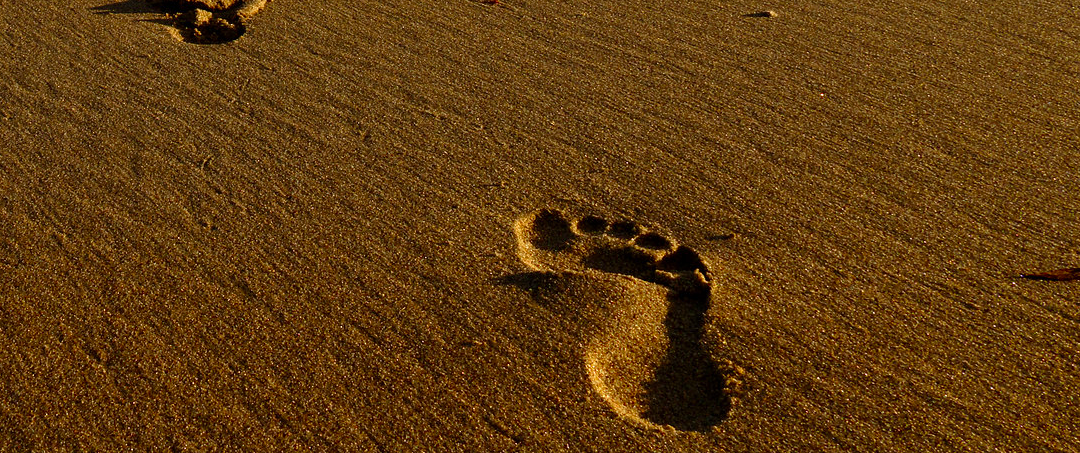
How fossil footprints are revealing the joy and fear of Stone Age life
A new wave of archaeological investigations is reconstructing intimate details of our ancestors’ lives from fossilised footprints. They give us glimpses of everything from parent-child relationships to the thrill of a giant sloth hunt. Image: Bernard Spragg

How did Neanderthals and other ancient humans learn to count?
A bone found at an archaeological site may encode numerical information. And if that’s correct, anatomically modern humans might not have been alone in developing a system of numerical notations: Neanderthals might have begun to do so, too. Image: F. d’Errico

Exploring ‘Aquaterra’, the drowned continent walked by our ancestors
With the archaeology of our coastal waters largely unexplored, we are missing a huge piece of human history. Now, however, that is changing. Image: NOAA’s National Ocean Service

How ancient proteins are untangling humanity’s family tree
In the past few years we have learned to read the signals in other organic molecules that tend to survive longer than DNA and persist even in warm environments. Now, some think they could reveal how archaic humans like H. naledi evolved and interacted. Image: hape662

The Future of Lasers
There is now a new kind of scientific machine on the horizon: a trimmed down particle accelerator that is small enough to fit on a tabletop. Diminutive they may be, but these table-top accelerators are still bursting with the power and versatility. Image: milkisprotein

Bacteria: The miracle microbes that could fix planet
As unlikely as it might sound, our future health and happiness might be secured by humble bacteria that can pull carbon dioxide from the air, grow greener food and clean up pollution. Image: NIAID







